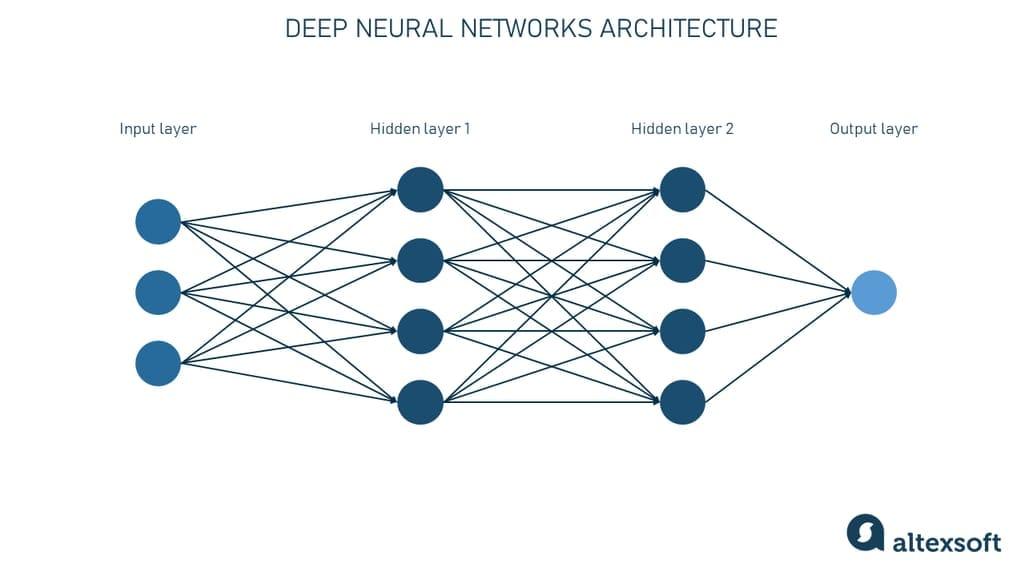In the vast landscape of artificial intelligence, there exists a powerful tool known as a large language model. These complex systems have the ability to process and generate human-like text, revolutionizing the way we interact with technology. But what exactly goes on inside the mind of a large language model? In this article, we delve into the intricate workings of these AI marvels, exploring the mapping of their minds and uncovering the mysteries behind their text-generation prowess. Join us on this journey as we unravel the inner workings of these fascinating machines and gain a deeper understanding of their capabilities.
Exploring the Neural Architecture of Language Models
When delving into the intricate inner workings of language models, it becomes apparent that their neural architecture holds the key to their impressive capabilities. By dissecting the neural connections within these models, researchers are able to uncover the mechanisms behind their language processing prowess. The neural architecture serves as the backbone of these models, shaping their ability to understand and generate human language.
Through advanced imaging techniques and computational analysis, scientists are able to create detailed maps of the neural pathways within language models. These maps reveal the complex network of connections that enable these models to interpret language and generate coherent responses. By studying these neural architectures, researchers gain valuable insights into the inner workings of language models, shedding light on how they process and generate text.
Examining the Training Data and Bias in Large Language Models
As we delve into the inner workings of large language models, it becomes imperative to closely examine the training data that shapes their understanding of language. The biases inherent in this data can have significant implications on the output generated by these models, influencing societal perceptions and fueling existing biases. By scrutinizing the composition of the training data, we gain insight into the ideological underpinnings of these models and the potential limitations they may present.
One method of uncovering bias in large language models is through algorithmic auditing, which involves analyzing the outputs of the model for signs of bias or prejudice. By identifying patterns in the generated text that reflect societal biases, we can begin to address and mitigate these issues. Additionally, considering the diversity of the training data and incorporating mechanisms to reduce bias can lead to more inclusive and equitable language models. Together, these efforts contribute to a deeper understanding of the complexities inherent in large language models and pave the way for more responsible and ethical AI development.
Uncovering Ethical Implications and Mitigation Strategies
As we delve deeper into the workings of large language models, it is essential to consider the ethical implications that may arise from their utilization. These models have the potential to shape human interactions, influence decision-making processes, and impact societal norms. One key concern is the potential for bias to be encoded within the model, leading to discriminatory outcomes. In addition, there are concerns about the impact on privacy and security, as these models have access to vast amounts of data.
One way to mitigate these ethical concerns is through transparency and accountability. By making the inner workings of the model more transparent, developers can identify and address bias more effectively. Implementing strict data privacy measures can also help protect individuals’ information. involving diverse stakeholders in the development process can help ensure that the model reflects a variety of perspectives and values.
The Future of Understanding and Utilizing Language Models
As we peer into , it becomes increasingly clear that we are on the brink of unlocking the potential of these powerful tools. Mapping the mind of a large language model opens up a world of possibilities, allowing us to delve deeper into its intricate workings and harness its capabilities in innovative ways.
- Exploring the inner workings of a large language model can provide insights into how it processes and understands language.
- By mapping the mind of these models, we can uncover patterns and trends in their responses, shedding light on their decision-making processes.
- Understanding the inner workings of language models can help us improve their accuracy and efficiency in various applications, from natural language processing to chatbots and more.
With each new discovery and breakthrough, we inch closer to a future where language models revolutionize how we communicate, learn, and interact with the world around us. The possibilities are endless, and the potential for innovation is limitless as we continue to unlock the secrets of these complex and sophisticated tools.
Final Thoughts
the intricate workings of large language models continue to captivate and intrigue researchers across the globe. By mapping the mind of these powerful AI systems, we gain valuable insights into the complexities of human language and cognition. As we delve deeper into the inner workings of these models, we unlock new possibilities for enhancing communication, creativity, and understanding in our ever-evolving digital landscape. Join us on this fascinating journey as we unravel the mysteries of artificial intelligence and pave the way for a future where language models can truly comprehend and interact with the world around us.
